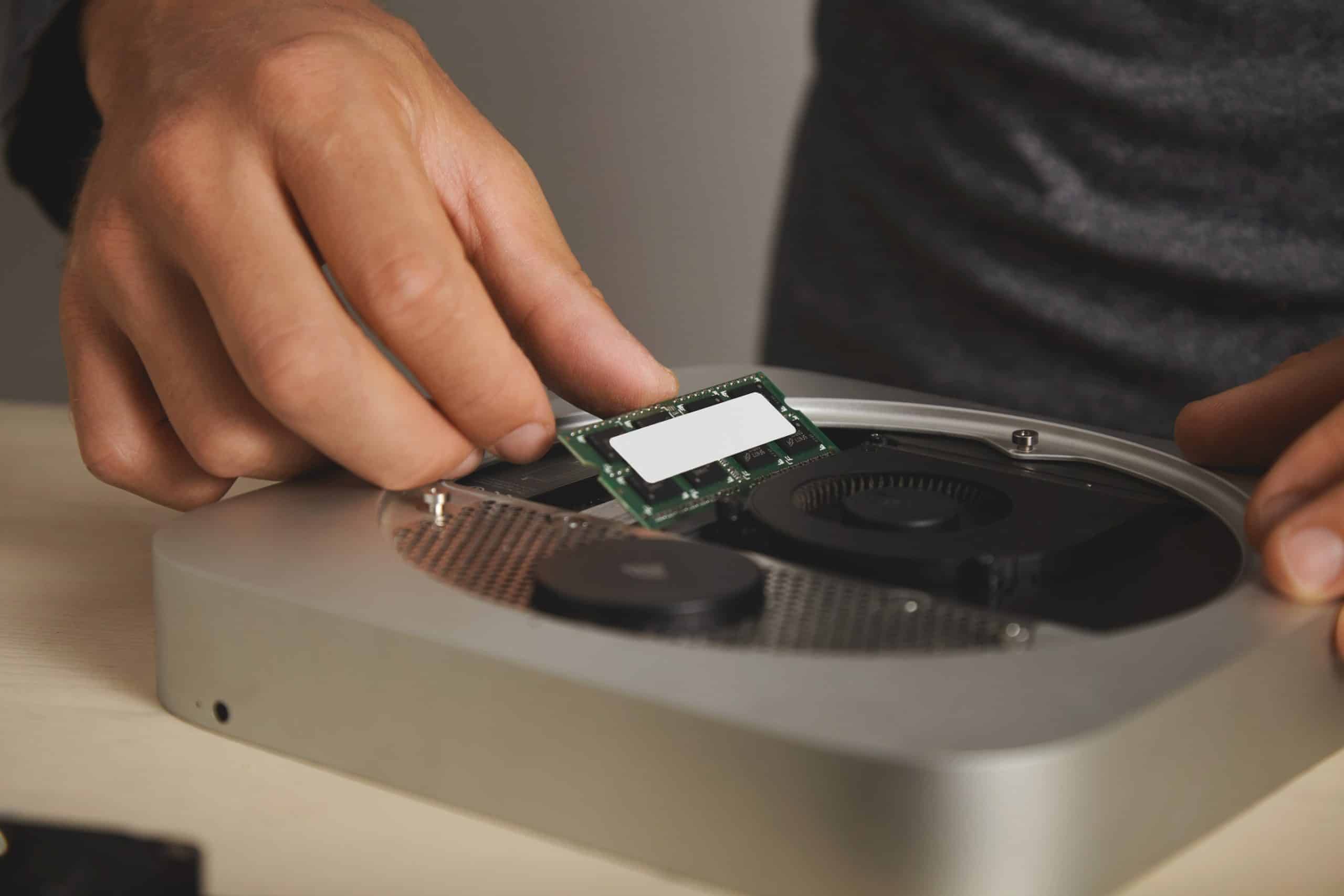What’s the Best Way to Replace the Timing Belt in a Fiat 500 Abarth without Compromising Engine Timing?

The Fiat 500 Abarth, a renowned mini-car with an impressive, sporty appeal, personifies both style and performance. However, one of the crucial elements for maintaining its performance, the timing belt, requires regular attention. The timing belt, a part of your car’s engine, is a surprisingly important player in the overall functioning of your vehicle. The timing belt, often overlooked by many car owners, can cause serious engine damage if not replaced at the appropriate time. In this article, we will delve into the best ways to replace the timing belt in your Fiat 500 Abarth without compromising engine timing.
Understanding the Timing Belt
Before we proceed to the actual process of replacing the timing belt, it’s vital to understand what it does and why it plays such a pivotal role in your car’s engine functionality. The timing belt is a toothed belt that’s joined to the engine’s crank and camshaft. It ensures that the engine’s valves open and close at the correct times during each cylinder’s intake and exhaust strokes.
Sujet a lire : How to Install an Electronic Active Stabilizer Bar on a Jeep Grand Cherokee for Enhanced Off-Road Capability?
In vehicles like the Fiat 500 Abarth, which are interference engines, the timing is especially critical. In interference engines, the timing belt also stops the pistons and valves from colliding. If the timing is off, the pistons and valves can collide and cause significant engine damage.
When to Replace Your Fiat 500 Abarth Timing Belt
Typically, car manufacturers will recommend a specific interval at which the timing belt should be replaced. For the Fiat 500 Abarth, it is generally advised to replace the timing belt every 60,000 miles, or every four years, whichever milestone is achieved first.
En parallèle : How to Upgrade the Cornering Lamps for Better Night Visibility in a Hyundai Tucson?
Nevertheless, these are just general guidelines, and the actual timing for replacement will depend on your driving habits and the belt’s wear and tear. It’s always a good idea to inspect your timing belt regularly, looking for signs of wear such as cracking, glazing, or material loss.
The Process of Timing Belt Replacement
Now that we have understood the importance of timing belts and when to replace them, let’s move to the actual process. Replacing the timing belt in your Fiat 500 Abarth is a fairly involved process that requires careful attention to detail.
Firstly, you’ll need to remove the engine’s top cover to access the timing belt location. The timing belt runs around several pulleys, including the crank pulley and the camshaft pulley. You’ll also need to remove the tensioner, a part designed to keep the belt tight against the pulleys.
Next, take careful note of the belt’s positioning and the location of the markings on the pulleys. This will help you place the new belt correctly. Once you’ve removed the old belt, you’ll install the new one, making sure the belt’s teeth fit into the grooves on the pulleys.
Ensuring Correct Engine Timing After Belt Replacement
The most critical aspect of replacing your Fiat 500 Abarth’s timing belt is ensuring that the engine timing remains correct afterwards. This will require a keen eye and a careful hand.
When installing the new belt, you need to make sure that it is aligned correctly on the pulley system. The crankshaft and camshafts must be in the same position as when the old belt was removed. If not, you’ll have to manually rotate the pulleys until they align correctly. Once the new belt is installed, it’s crucial to double-check everything before you finish the installation and start the engine.
The tensioner also plays an important role in maintaining correct engine timing. After installing the new belt, you’ll need to reinstall the tensioner and adjust it to the correct tension. This prevents the belt from slipping off the pulleys, which could cause the engine timing to be off.
Remember that the stakes are high when it comes to replacing the timing belt in an interference engine like the Fiat 500 Abarth. Incorrect timing can result in severe engine damage. Therefore, if you’re not comfortable with this task, it might be worth it to have a professional handle this job.
In summary, replacing the timing belt in a Fiat 500 Abarth involves a lot of careful steps. However, by understanding the role of the timing belt, knowing when to replace it, and following a meticulous approach, you can ensure that your Fiat 500 Abarth’s engine timing remains uncompromised and the car keeps running smoothly for miles to come.
Cost of Replacing Timing Belt and Possible Alternatives
When it comes to replacing the timing belt of your Fiat 500 Abarth, considering the cost is equally important. The cost generally includes the price of the timing belt itself and the labor cost. Most mechanics quote a price for the timing belt replacement, which includes both these costs.
The average cost for replacing a Fiat 500 Abarth timing belt ranges from $500 to $800, including parts and labor. Factors such as the location of service, the complexity of the procedure, and whether any other parts need replacing (like the water pump) can influence the overall cost. It’s also worth noting that some mechanics might recommend replacing the water pump while replacing the timing belt as they are located close together, and the labor cost for replacing both at the same time is often less than doing them separately.
However, a cheaper option would be to replace the timing belt yourself. But remember, this requires a good understanding of engine mechanisms and timing belts, as well as the right tools for the job. If you’re not an experienced mechanic, it might be more cost-effective to hire a professional, given the high stakes involved with interference engines like the Fiat 500 Abarth.
Conclusion: Maintain Your Fiat Abarth For Optimal Performance
In conclusion, maintaining the proper functioning of your Fiat 500 Abarth’s engine heavily relies on the condition of the timing belt. Regular inspection for wear and tear, and replacing it every 60,000 miles or four years, can ensure optimal engine timing. Although the process of replacing the timing belt is intricate, it’s achievable with the right knowledge and precision.
Moreover, understanding the cost factors involved in the replacement and considering possible alternatives is crucial. Whether you choose to replace the timing belt yourself or hire a professional largely depends on your comfort level and mechanical skills.
Remember, an interference engine like the one in Fiat 500 Abarth can suffer severe damage if the engine timing is off due to a faulty timing belt. Therefore, it’s vital to not overlook this small yet critical part of your car. Keep your timing belt in good shape, and your Fiat 500 Abarth will reward you with performance and reliability for many more miles to come.
